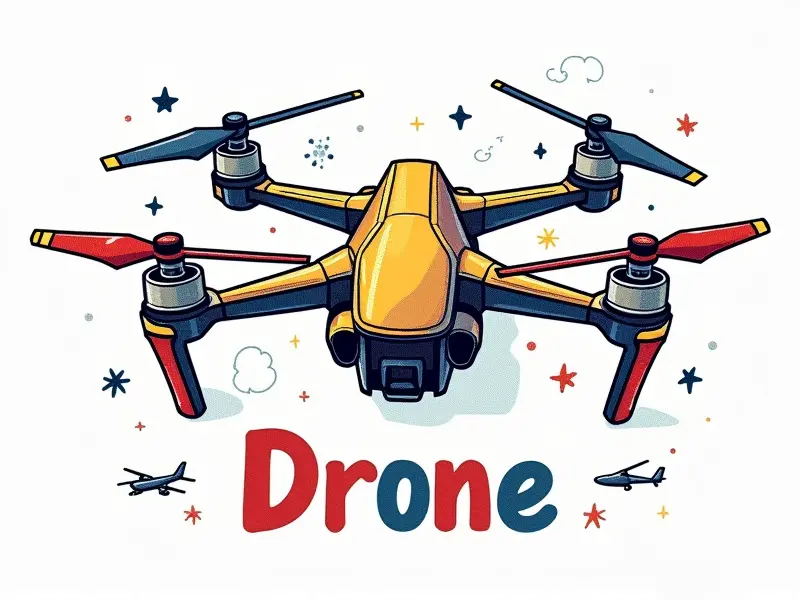Drone tuning tips

Drone Tuning Tips: Maximize Your Flight Experience
Welcome to the world of drone tuning! Whether you're a beginner or an experienced pilot, fine-tuning your drone's performance is crucial for achieving the best flight experience. From enhancing stability and speed to mastering calibration techniques, this article will guide you through essential tips that will elevate your flying skills.
Top Drone Tuning Tips for Beginners
Starting out with drones can be daunting, but tuning them correctly sets a strong foundation for better performance. Here are some basic yet vital tips:
- Understand Your Drone's Specifications: Familiarize yourself with your drone’s capabilities and limitations.
- Adjust Propeller Balance: Properly balanced props ensure smoother flight stability and reduce vibrations.
- Tune ESCs (Electronic Speed Controllers): Adjusting ESC parameters can significantly improve throttle response and motor efficiency.
- Calibrate Gyroscopes and Accelerometers: Accurate sensor calibration ensures precise control over your drone’s movements.
Fine-Tune Your Drone's Performance Today!
To get the most out of your drone, it's essential to regularly fine-tune its performance. Here are some actionable steps you can take:
- Adjust PIDs (Proportional-Integral-Derivative): Fine-tuning PID values helps in achieving better stability and responsiveness.
- Optimize Battery Management: Proper battery care ensures consistent power delivery throughout flights, enhancing overall performance.
- Update Firmware Regularly: Keeping your drone’s firmware up-to-date can unlock new features and improve existing functionalities.
Maximize Flight Stability with These Tuning Tips
A stable flight is the cornerstone of a successful drone operation. Here are some key tips to enhance stability:
- Improve Frame Rigidity: A sturdier frame reduces vibrations and increases overall stability.
- Battery Placement Optimization: Proper battery placement affects the center of gravity, impacting flight stability.
- Use High-Quality Components: Upgrading to high-quality ESCs, motors, and props can significantly improve stability.
Boost Speed and Agility in 5 Easy Steps
If you're looking to boost your drone's speed and agility, follow these simple steps:
- Select Lightweight Components: Lighter components allow for faster speeds without compromising stability.
- Tune ESCs for High Speeds: Adjust ESC parameters specifically for high-speed performance.
- Optimize Propeller Pitch and Size: Choose propellers that offer the right balance between speed and lift.
- Upgrade Motor Quality: Use motors designed for high RPM to achieve faster speeds.
- Improve Frame Design: A well-designed frame can reduce drag, enhancing overall agility.
Master the Art of Drone Calibration
Calibration is a crucial step in ensuring your drone operates at its best. Follow these steps to master calibration:
- Sensor Calibration: Calibrate gyroscopes and accelerometers for precise control.
- Magnetometer Alignment: Properly align the magnetometer to ensure accurate heading detection.
- PID Tuning: Fine-tune PID values to achieve optimal stability and responsiveness.
Tune Up Your Drone for Perfect FPV Racing
For those involved in FPV racing, tuning your drone is essential. Here are some specific tips:
- Optimize Flight Controller Settings: Adjust settings to suit the high-speed demands of FPV racing.
- Increase Frame Rigidity: A sturdier frame ensures better stability during aggressive maneuvers.
- Battery Management: Opt for batteries with consistent power delivery and quick charge times.
Enhance Control: Critical Drone Tuning Adjustments
To enhance control, focus on these critical adjustments:
- PID Tuning: Fine-tune PID values to achieve better stability and responsiveness.
- Gyro Sensitivity: Adjust gyro sensitivity for smoother flight control.
- Motor RPM Calibration: Ensure all motors are calibrated for consistent performance.
Fine-Tune Your Drone Like a Pro
Become an expert in drone tuning by following these advanced tips:
- Dive Deep into Firmware Settings: Explore firmware options to unlock new features and optimize existing ones.
- Customize Flight Profiles: Create tailored flight profiles for different scenarios, enhancing versatility.
- Monitor Real-Time Data: Use telemetry tools to monitor and adjust performance in real-time.
Maximize Flight Time Through Smart Tuning
Prolong your flight time with these smart tuning strategies:
- Battery Health Management: Regularly check and maintain battery health for consistent power delivery.
- Optimize Weight Distribution: A well-balanced drone reduces energy consumption, extending flight times.
- Tune ESCs for Efficiency: Adjust ESC parameters to minimize power loss during flights.
Quick Tips to Perfectly Calibrate Your Drone
Calibrating your drone doesn’t have to be complicated. Here are some quick tips:
- Level the Horizon: Ensure your drone is perfectly level when calibrating.
- Adjust Gyro Sensitivity: Fine-tune sensitivity for smoother flight control.
- Check Magnetometer Alignment: Proper alignment ensures accurate heading detection.
DIY Guide: Tune Your Drone Like a Pro
If you’re ready to take your tuning skills to the next level, follow this DIY guide:
- Disassemble and Inspect Components: Check for any wear or damage.
- Tune ESCs Manually: Use a manual tuner to adjust ESC parameters accurately.
- Customize Firmware Settings: Modify firmware settings for optimal performance.
Conclusion
By following these comprehensive tuning tips, you can significantly enhance your drone's performance. Whether you're a beginner or an experienced user, proper tuning is essential to get the most out of your drone. Experiment with different settings and components to find what works best for your specific needs.

